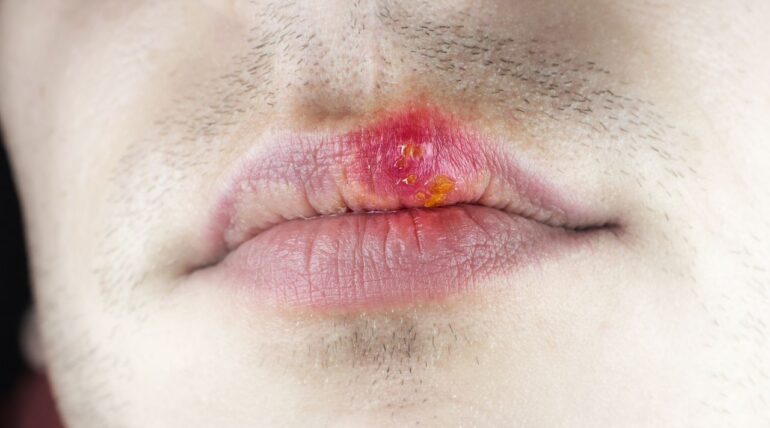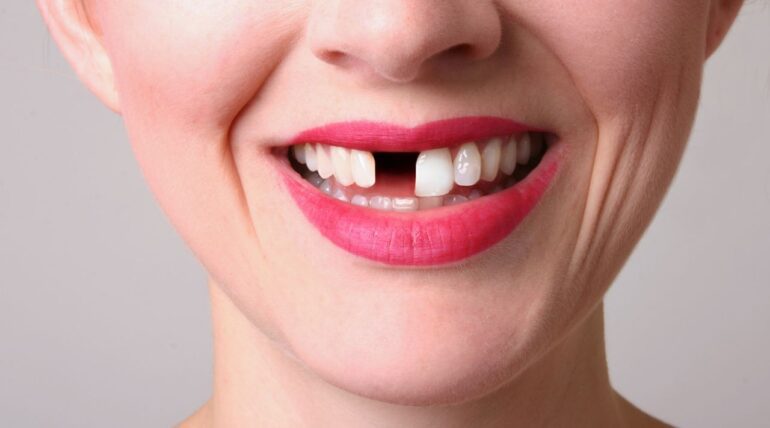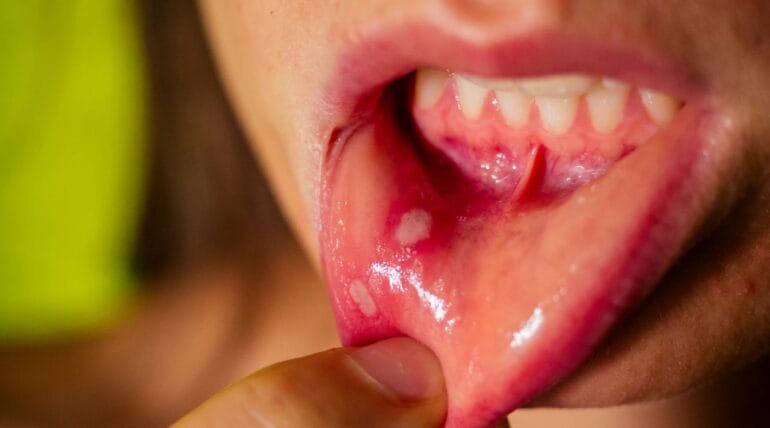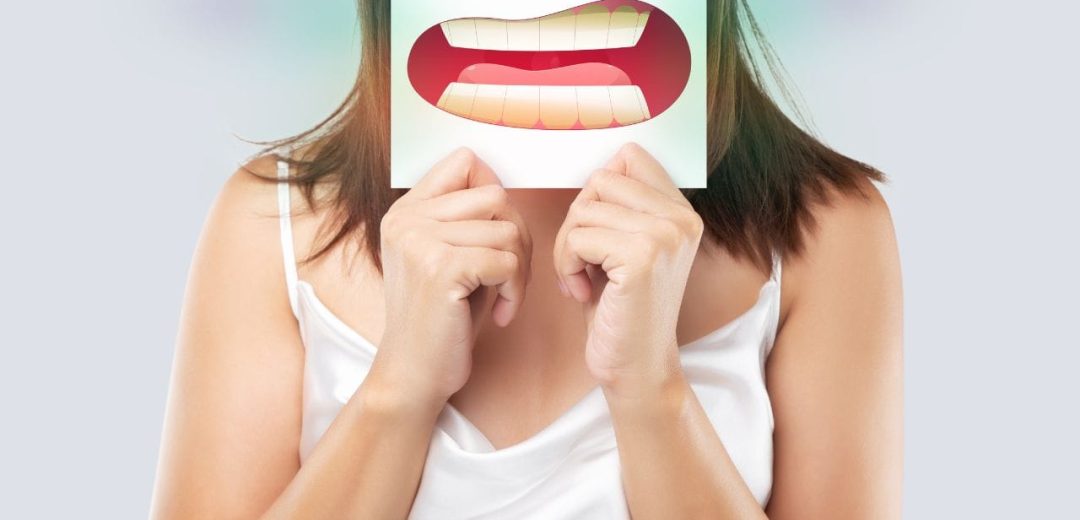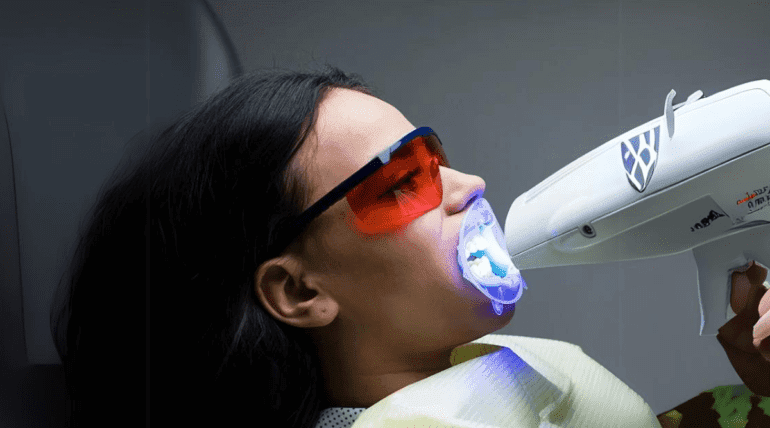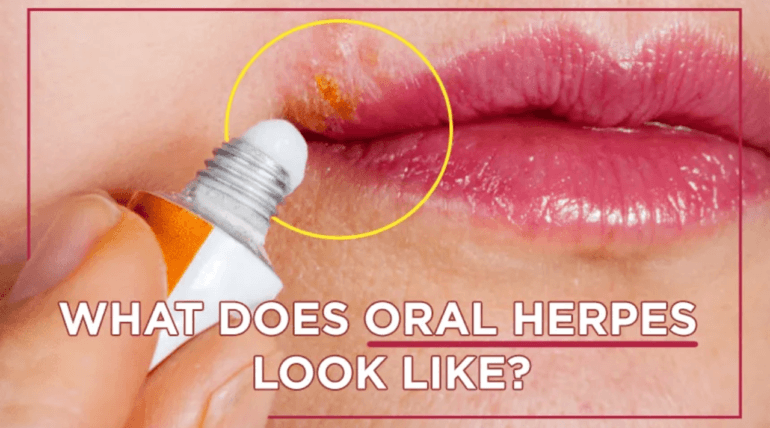Where Do Canker Sores Come From And How To Treat Them
What Causes Canker Sores?
Canker sores are a common problem that can happen to anyone at any time and at any age. Even though they are just a little nuisance, they can still ruin anyone’s day. Thankfully, the most common canker sores (also known as superficial cankers) occur in children between the ages of eight and seventeen. They generally appear inside the person’s mouth right behind the lip because of nutritional deficiency and overbite, among other reasons.
These are small, round ulcers with a yellowish tone and a red ring surrounding them, and they can become unbearable when one has to eat, drink, speak, or even floss and brush.
You can see and detect a few common factors beforehand to prevent yourself and anyone from developing these pesky sores. The following are some causes that can lead to canker sores:
- Poor immune system
- Foods like fruits and vegetables
- Injuries or accidents
- Stress
- Nutritional deficiency
- Vitamin deficiency
- Sharp objects like brackets
Since many factors can contribute to and produce these troublesome sores, dentists and doctors can help reduce their development or eliminate them by following a few helpful tips to prevent you from experiencing this oral issue.
How Long Do Canker Sores Last In Our Mouths?
Are undeniably annoying. Often described as small bruises inside the mouth, they can last one to two weeks.
These sores can appear anywhere in the mouth, typically behind the lips or near the teeth. In some cases, sharper teeth may be the culprit, as constant friction against the cheeks or tongue can trigger sores.
Fortunately, most it resolve within two weeks without needing treatment or medication. While over-the-counter solutions and on-the-go products may help alleviate discomfort and speed up healing, these pesky sores usually fade away on their own.
Medical condition
The duration of canker sores varies based on factors such as:
- Diet
- Age
- Allergies
- Oral care habits
They are a common condition affecting the mouth’s mucous membranes, often first appear during the teenage years. Although their exact cause remains uncertain, researchers associate them with:
- Nutritional deficiencies
- Hormonal changes
- Mouth injuries
The healing timeline for it is not definitive. However, they can be treated to minimize discomfort and impact, especially since over 20% of the world’s population experiences them annually.
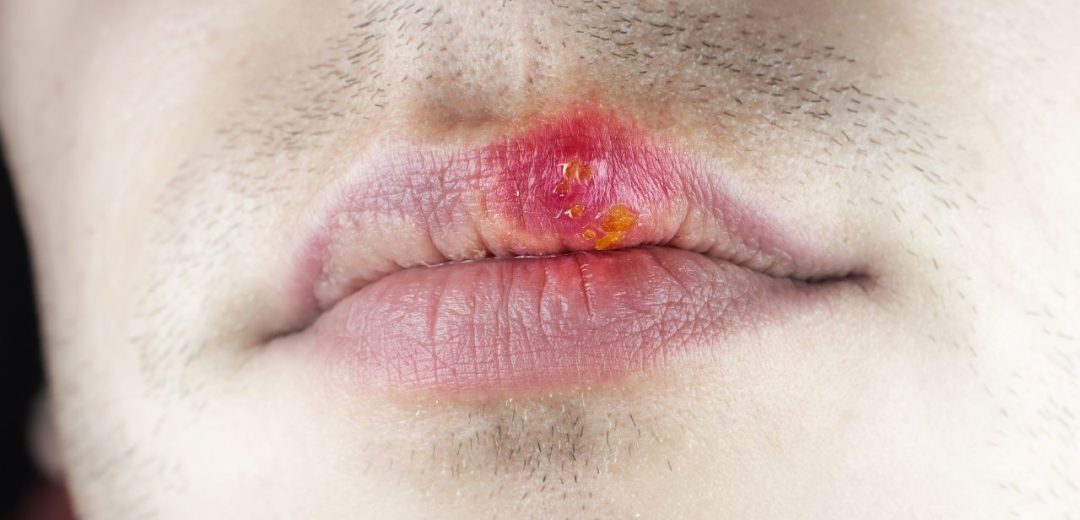
How To Deal With Canker Sores?
Here are some effective life hacks to reduce the risk of canker sores or minimize their impact and duration.
Seek professional help
Visit a dentist or doctor to address canker sores effectively. Most health specialists recommend corticosteroids to reduce inflammation and speed up healing.
Numb the pain
Use over-the-counter topical anesthetics like benzocaine or lidocaine to numb the sores. Dentists can guide you on the best gels, rinses, or pastes to target the sore directly.
Try a baking soda rinse
Mix one tablespoon of baking soda with half a cup of warm water. Rinse your mouth to relieve pain, reduce the burning sensation, and promote faster healing.
Practice gentle oral hygiene
Floss and brush your teeth carefully to avoid injuring your gums or cheeks, as accidental jabs from a toothbrush can trigger canker sores.
Manage stress
Practice breathing exercises to lower stress and anxiety, reduce inflammation, and prevent canker sores. Stress, including the mouth, is a known trigger for inflammation throughout the body.
Maintain a nutrient-rich diet
Ensure you consume enough vitamins and minerals, particularly vitamins B and C, iron, and zinc. Deficiencies in these nutrients can increase your susceptibility to canker sores.
Most people experience canker sores without understanding their cause. Instead of enduring two weeks of discomfort, take these proactive steps to reduce their frequency and severity.
Contact Us
Follow these tips to manage or reduce the discomfort of canker sores. When they appear, your body signals a need for attention. By paying attention to these signs, you can identify underlying issues early.
Prioritize Oral Care: Brush twice daily, floss once, and use mouthwash to support oral health. A healthy mouth contributes to your overall comfort and well-being.
Consult Your Dentist: Call your dentist if anything feels off, even slightly. Early intervention prevents minor concerns from becoming serious issues.
At Trust Dental Care, we help with any dental concerns, big or small. Call or book an appointment if you need advice or a check-up. Taking proactive steps for common issues like canker sores can positively impact your long-term health and peace of mind.
Discover more info about ulcer causes and treatments in next amazing post writed for you
